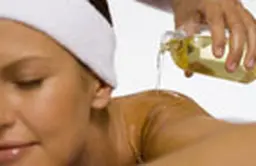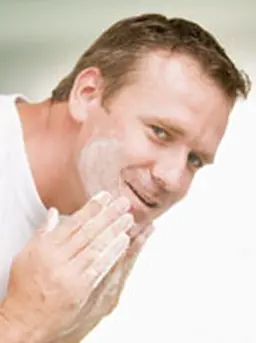
While the world of cosmetics constantly renews its offering and keeps innovating, elderly people cannot always find cosmetics answers adapted to their own problems: getting old is a phenomenon to which we have not found a solution yet. How to take care of aged skins and know what they need? Gérard Redziniak, scientific and innovation consultant in cosmetics and dermopharmacy, answered CosmeticOBS’s questions.
Jasmine Salmi : How can you characterize aged skin?
Gérard Redziniak: We may consider that as from 50, the skin starts getting old: it becomes thinner and the dermis is less elastic.
The cells isolate themselves, as if they were retiring. Our fibroblasts, which look more like Eiffel Towers when we are young, as they are well spread out with legs, get fixed to collagen fibres. When the skin ages, these cells get rounder and lose contact with the fibres. As a result, the production of the protein/collagen/elastin capital falls, and so does hyaluronic acid (which swells in the middle of collagen fibres).
As regards nerve endings, the cell capital loses its metabolic properties. Aged skins need even more sensoriality, since their nerve endings are less efficient.
The relationship between the stratum corneum, the stratum microbiotome (as Gérard Redziniak likes to call the bacteria on the skin’s surface), and the hydrolipidic film is disrupted. It works less well because the cell renewal process is much slower. It has been demonstrated that the exchanges with the microbiota are less effective, which can explain why some people have pimples or inflammations.
This imbalance between the stratum corneum and the stratum ‘microbiotome’ …





